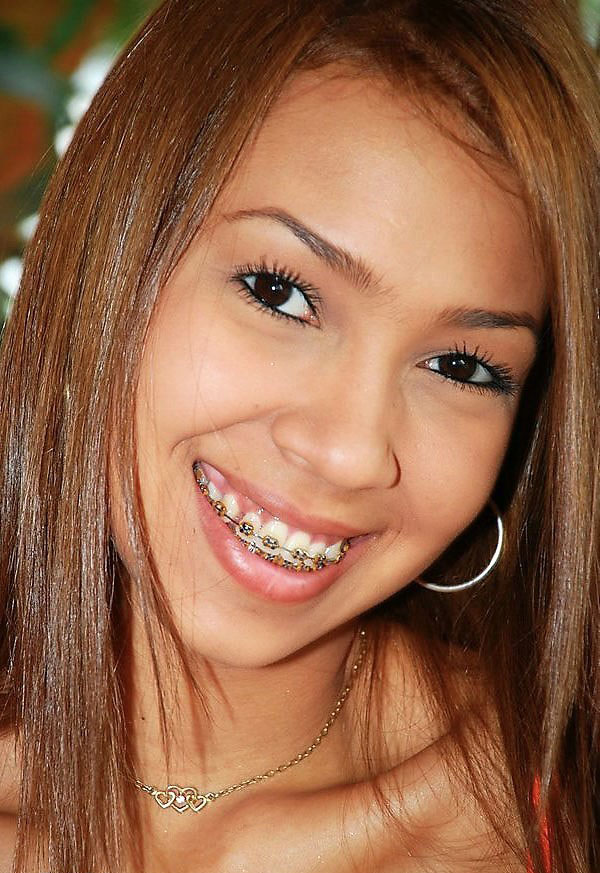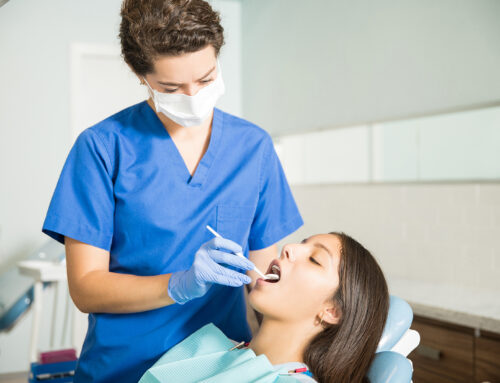 When it comes to orthodontic treatments, adults rarely fit into a box. Everyone’s mouth is different and so are the reasons they are seeking oral repairs.
When it comes to orthodontic treatments, adults rarely fit into a box. Everyone’s mouth is different and so are the reasons they are seeking oral repairs.
Adults, especially, usually want to appear more professional and would, therefore, prefer something less conspicuous than the traditional braces worn by teenagers.
1. Keep them Invisible
Nobody wants a dirty mouth and traditional braces often make it difficult for patients to maintain their oral health and cleanliness. For those with mild spacing problems, invisible aligners are virtually undetectable.
Additionally, the transparent mouthpieces are easily removed for meals and oral hygiene practices. They also protect patients from the chances of injury associated with traditional brackets. However, this system of trays are not always covered by dental insurance, so be sure to check your policy.
2. Keep them Clear
While invisalign treatment is the most popular choice among adults, finances may not allow some to take advantage of the clear aligners. If you are paying out of pocket, but would still like to keep your treatments low-key, ceramic braces may be a good second option.
The structure is similar to traditional braces, but the materials are colored in such a way as to blend with the natural color of your teeth. At the same time, ceramic brackets are slightly larger than their stainless steel counterparts, but patients rarely report additional discomfort.
3. Keep them Hidden
Another, lesser-known treatment for teeth-straightening is the use of lingual braces. These concealed brackets and wires use the same processes as traditional stainless steel braces, but they are placed on the backside of your teeth instead of the front.
Recent improvements to the placement of these braces have reduced bracket failure rates and emergency trips for repairs. Also, the use of wax is highly recommended to prevent irritation of the tongue and speech may be difficult at first, but patients usually adapt quickly to these drawbacks.
4. Keep them Traditional
Metal braces are the oldest and still the most commonly chosen option for dental alignment. The stainless steel brackets are cemented to the front of the teeth and a wire is attached and tightened in order to slowly shift the teeth and jaw to their desired locations. The rear anchor-brackets are equipped for the use of orthodontic headgear.
Fortunately for those of all ages, these old-school braces have seen many improvements having made them sleeker and less noticeable than the brackets of yore.
At least 25 percent of the 4.5 million orthodontic patients with braces are adults. Luckily, the ever-growing array of available oral appliances make it easy to choose the right treatment for your situation and finances. Teens and adults alike have the opportunity to repair their alignment and spacing issues while holding onto their dignity.






